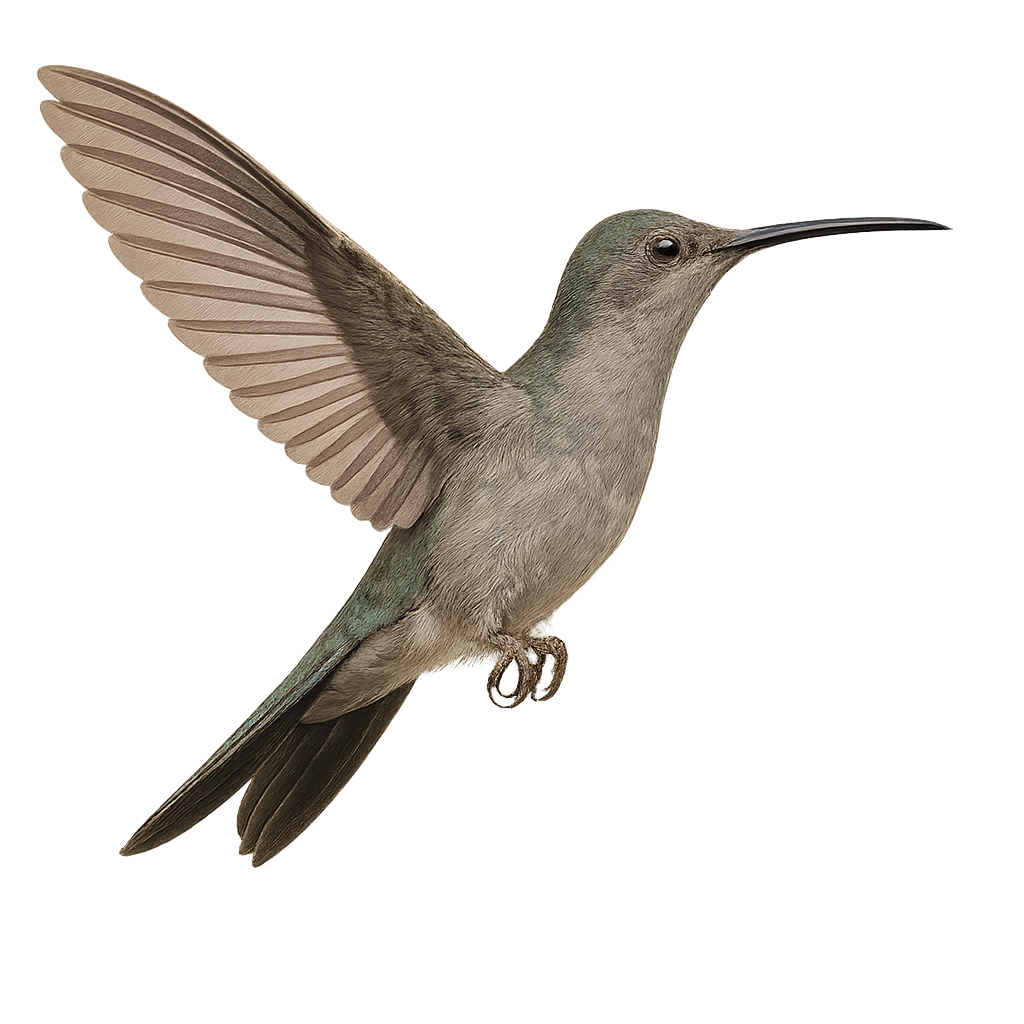Your wildlife photography guide.
Explore the grey-breasted sabrewing in detail, study its behavior, prepare your shots.
Where to observe and photograph the grey-breasted sabrewing in the wild
Learn where and when to spot the grey-breasted sabrewing in the wild, how to identify the species based on distinctive features, and what natural environments it inhabits. The WildlifePhotographer app offers tailored photography tips that reflect the grey-breasted sabrewing’s behavior, helping you capture better wildlife images. Explore the full species profile for key information including description, habitat, active periods, and approach techniques.
Grey-breasted Sabrewing
Scientific name: Campylopterus largipennis

IUCN Status: Least Concern
Family: TROCHILIDAE
Group: Birds
Sensitivity to human approach: Suspicious
Minimum approach distance: 5 m
Courtship display: February to April
Incubation: 16-19 jours
Hatchings: February to May
Habitat:
Tropical rainforests, forest edges, gardens
Activity period :
Primarily active during the day, with peak activity in the morning and late afternoon.
Identification and description:
The Grey-breasted Sabrewing, scientifically known as Campylopterus largipennis, is a medium-sized hummingbird found mainly in the tropical rainforests of South America. This stunning bird is noted for its iridescent plumage, with shades of green and blue on its back and a grayish breast. Its tail is broad and slightly forked, giving it a distinctive silhouette in flight. Males and females are similar, although females may have slightly duller colors. This hummingbird is often seen feeding on nectar, using its long bill to reach tubular flowers. It plays a crucial role in the pollination of plants within its habitat.
Recommended lens:
400 mm – adjust based on distance, desired framing (portrait or habitat), and approach conditions.
Photography tips:
To photograph the Grey-breasted Sabrewing, it is advisable to use a 400mm lens or longer to capture precise details without disturbing the bird. Look for areas where flowers are abundant, as these hummingbirds are often attracted to nectar sources. Be patient and wait for the bird to get used to your presence. Use a tripod to stabilize your camera and choose a fast shutter speed to freeze the rapid wing movements.
The WildlifePhotographer App is coming soon!
Be the first to explore the best nature spots, track rutting seasons, log your observations, and observe more wildlife.
Already 1 429 wildlife lovers subscribed worldwide

